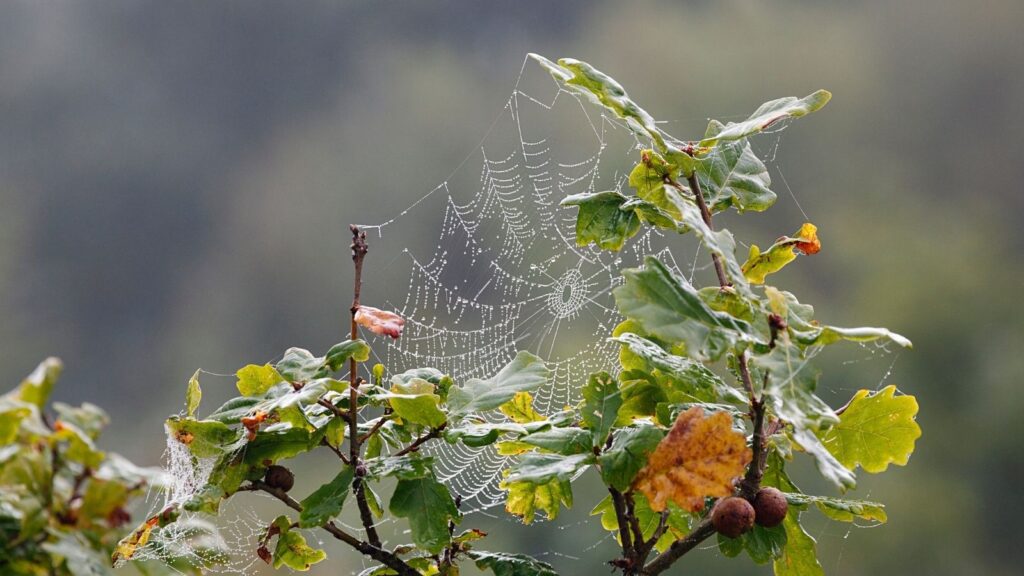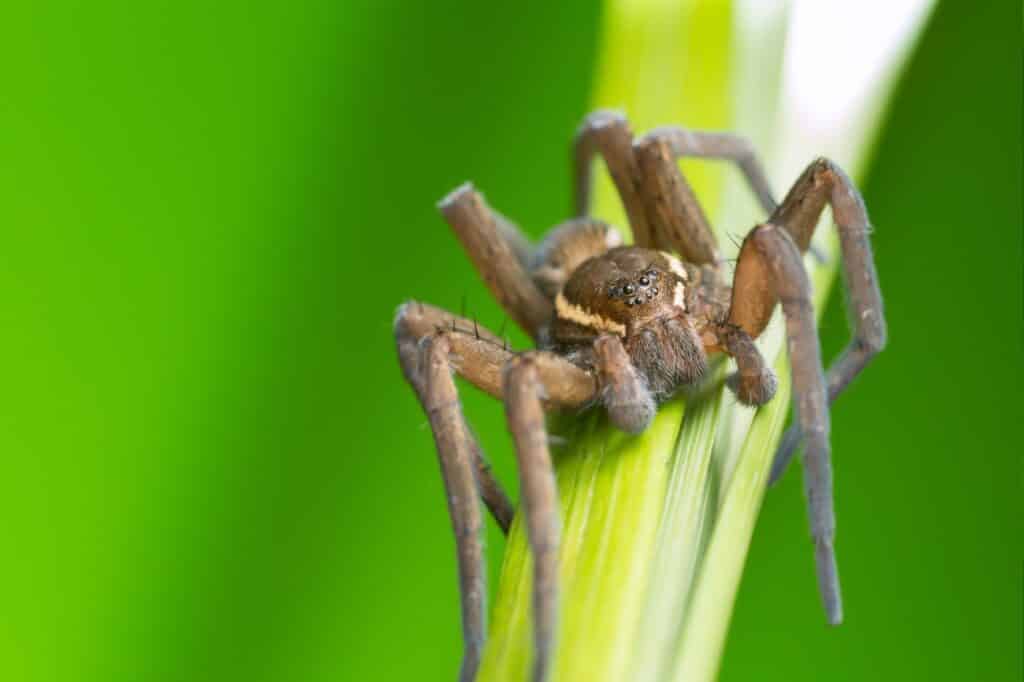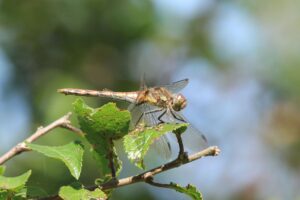September to October is spider season. The creepy crawlies can be found around our homes, and you can often spot their webs glistening in the morning dew. But why do we see so many spiders in autumn, and what other minibeasts can we find at this time of year?

Most spider species in the UK live outdoors, but there are some that choose to live indoors in dusty corners, cupboards, and any other dark, undisturbed nook or cranny. Generally, spiders like these live for about a year, and they are larger at this time as they’ve reached adulthood. In fact, the body of the garden spider can reach 1.8 cms, and that’s before you measure their legs!
It might feel like spiders are suddenly popping up everywhere, but the chances are you share your home with these arachnids all year. Early autumn is mating season for spiders. So, the spiders are simply more visible as they’re looking for a mate.
Did you know that most spiders have eight eyes, with a pair of main eyes, and six secondary eyes. However, spiders don’t actually have very good eyesight! They use their sense of touch and taste to navigate.

Other minibeast to look for this autumn

A micro safari is a great family activity and an ideal excuse to get wrapped up and have an outdoor adventure. It’s suitable for all ages, and you can plan your very own micro safari pretty much anywhere, even in your own garden or local park, although of course rivers are the best place!
There are bugs and beasties to be found all year round. You just need to pause and explore the grass under your feet, the branches and bark of trees and bushes, under rocks and old logs, and, if it’s safe to do so, ponds and slow flowing water. Some flying insects prefer warmer weather, but worms, slugs, and snails come out after rain.
You don’t need anything special to collect bugs, but an empty plastic tub, a spoon, and a magnifying glass might come in handy to help you collect, hold, and examine the bugs you find.
Remember- minibeast are fragile, so always be gentle if you pick them up, and return them to their home safely.
Here is a list of some bugs you can find at this time of year; can you spot them all?
- Dragonflies
- Whirligig beetles
- Drone flies
- Water boatmen
- Pond skaters
- 7 spot ladybirds
- Speckled wood butterflies
- Yellow slug
- Earth worm
- Common garden snail
- Flat-backed millipede
- Common woodlouse
- Garden spiders
- Raft spiders

